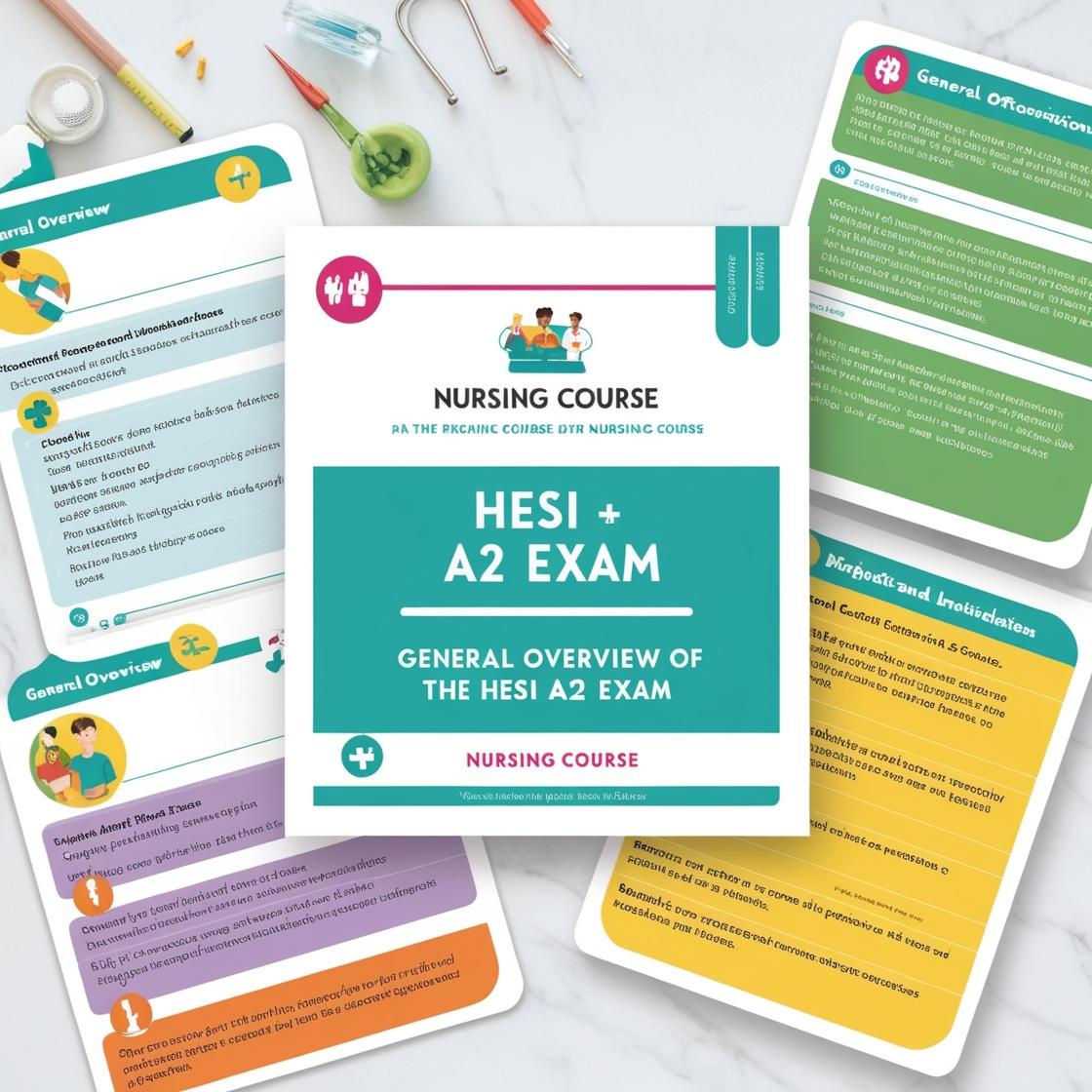HESI A2
Biology HESI A2 Practice Test
1. What is the classification of organisms into different categories based on their physical characteristics and presumed natural relationship?
- A. Biology
- B. Taxonomy
- C. Grouping
- D. Nomenclature
Correct answer: B
Rationale: Taxonomy is the correct answer. Taxonomy is the branch of biology that deals with the classification of organisms into different categories based on their physical characteristics and presumed natural relationship. It involves naming and categorizing organisms into hierarchical groups to show their evolutionary relationships. Choice A, 'Biology,' is incorrect as it is the broader field of science that encompasses the study of living organisms. Choice C, 'Grouping,' is incorrect as it is a general term that does not specifically refer to the systematic classification of organisms. Choice D, 'Nomenclature,' is incorrect as it refers to the system of naming organisms rather than the classification based on physical characteristics and natural relationships.
2. Which of the following is the structure of the male reproductive system that stores spermatozoa during the maturation process?
- A. vas deferens
- B. scrotum
- C. epididymis
- D. testicular artery
Correct answer: C
Rationale: The epididymis is the structure of the male reproductive system that stores spermatozoa during the maturation process. Sperm cells produced in the testes move to the epididymis, where they mature and become motile before being ejaculated. The vas deferens is responsible for transporting mature sperm to the urethra during ejaculation, the scrotum holds the testes and helps regulate their temperature for sperm production, and the testicular artery supplies blood to the testes. Therefore, choices A, B, and D are incorrect as they do not play a direct role in storing spermatozoa during the maturation process.
3. A cell that does not contain membrane-bound organelles or a defined nucleus would be classified as:
- A. eukaryotic
- B. embryonic
- C. prokaryotic
- D. symbiotic
Correct answer: C
Rationale: A cell that does not contain membrane-bound organelles or a defined nucleus is classified as prokaryotic. Prokaryotic cells lack a true nucleus, and their genetic material is typically found in a region called the nucleoid. Examples of prokaryotic organisms include bacteria and archaea. Eukaryotic cells, on the other hand, contain membrane-bound organelles and a true nucleus, distinguishing them from prokaryotic cells. Embryonic and symbiotic classifications are not directly related to the presence of organelles or a nucleus in cells.
4. In a phospholipid molecule, the head:
- A. Is hydrophilic
- B. Is hydrophobic
- C. Is on the inner side of the layer
- D. Both A and C
Correct answer: D
Rationale: The head of a phospholipid is hydrophilic (water-loving) and is located on the outer side of the lipid bilayer, interacting with water molecules. This arrangement positions the hydrophobic tails inward, away from water. Therefore, the correct answer is D. Choice A is incorrect because the head is hydrophilic, not hydrophobic. Choice B is incorrect as the head is on the outer side, not the inner side of the layer.
5. Select the strand of DNA that would match this segment: ACTTGCA
- A. TGAACGT
- B. GACCATG
- C. ACTTGCA
- D. None of the above
Correct answer: A
Rationale: The correct match for the DNA segment ACTTGCA is TGAACGT. In DNA, adenine (A) always pairs with thymine (T), and cytosine (C) always pairs with guanine (G). Therefore, the complementary strand to ACTTGCA should be TGAACGT, making choice A the correct answer. Choice B (GACCATG) does not follow the base pairing rules; hence, it is incorrect. Choice C (ACTTGCA) is the original segment, not its complementary strand. Choice D is incorrect as well because a matching strand does exist.
Similar Questions

Access More Features
HESI A2 Basic
$89/ 30 days
- 3,000 Questions with answers
- 30 days access @ $89
HESI A2 Premium
$129.99/ 90 days
- Actual HESI A 2 Questions
- 3,000 questions with answers
- 90 days access @ $129.99
